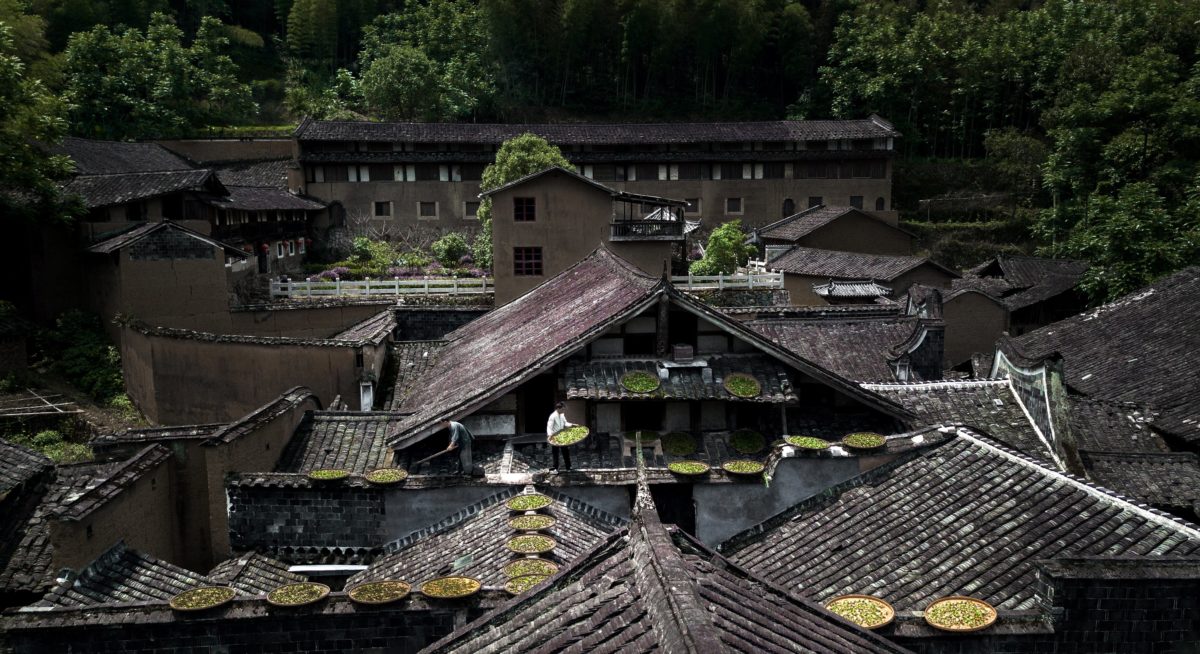
A Heritage Tea for Modern Times
White Cloud (Baiyun) Mountain in northeast Fujian Province is intricately tied to the fate and good fortune of Fu’an county.
The steeply tea-terraced slopes amid a spectacular national forest are surrounded by deep water bays that flow into the East China Sea. The climate is warm and humid with a long frost-free period, abundant sunshine, a distinct monsoon period, and ample rainfall.
Fu’an takes its name from a poem presented to Emperor Li Zong during the Song Dynasty (960-1276). Emperor Li Zong (1224-1264) bestowed five blessings on Fu’an county, “Lucky Heaven, Lucky Earth, Lucky Mountain, Lucky Water, and Lucky Tea.”
It is here that the mountains, the water, the climate, and the soil combine to nourish Tanyang Gongfu Black Tea, the most prized of the three Minhong black teas grown in Fujian province (Zhenghe (zhèng•hé) Gongfu, Bailin (bái•lín) Gongfu and Tanyang (tǎn•yáng) Gongfu).
Fu’an has a 1400-year tea history that can be traced to the Sui dynasty (581-619). Production coincides with the transition to loose-leaf from compressed cake-tea which was replaced by diverse shapes and types of tea. During the Tang dynasty (664-904), the industry flourished, experiencing its pre-modern fame during the Qing dynasty (1636-1912) reign of Emperor Xianfeng and Tongzhi. Since the Song dynasty more and more ordinary peoples embraced tea as a beverage and tea drinking became popular. Fujian was the biggest supplier of tea to the British. Demand for Chinese tea in the international market soared late in this period when “Tanyang Gongfu” black tea was born.
Tanyang Gongfu Black tea
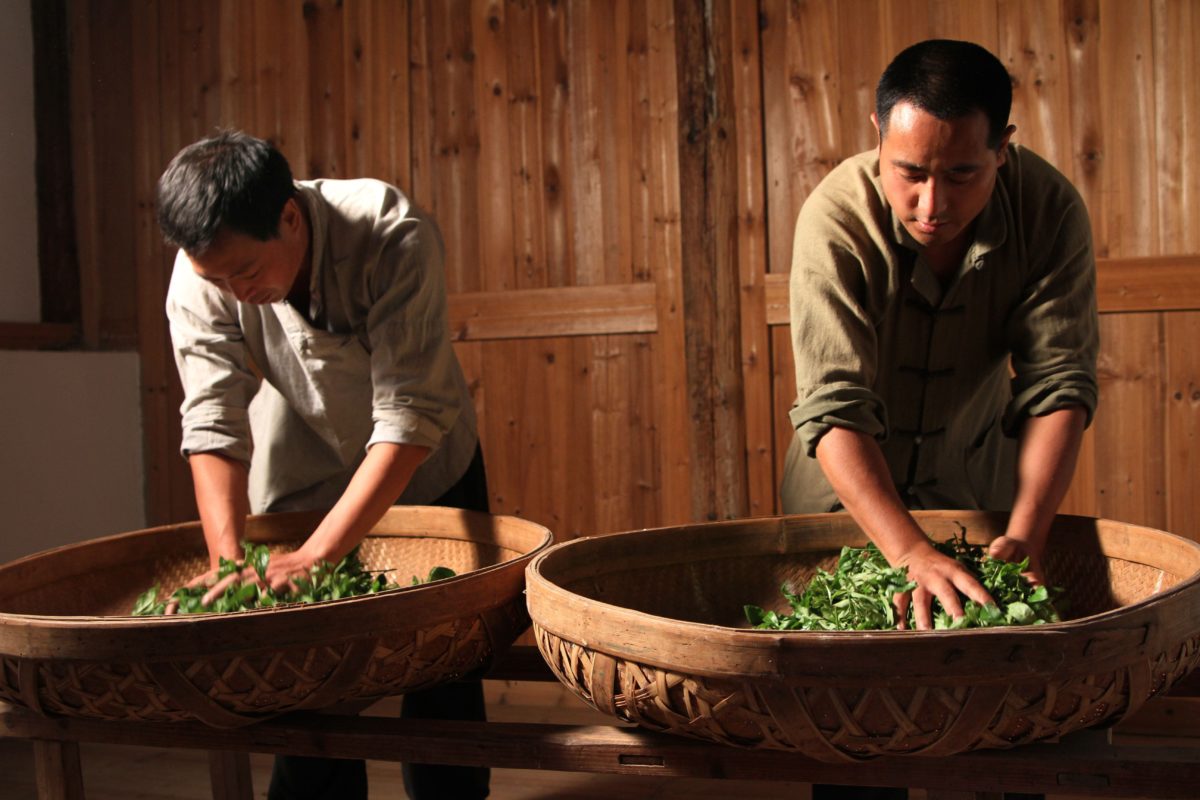
Tanyang Gongfu, known as a red tea in China, dates to 1851; the hand-picked leaves are thin, tightly shaped and uniform, black and lustrous, producing a liquor that is bright red with a golden ring. The taste is fresh and mellow, and fragrant. Sweet and lacking the tannic astringency of Assam. The pluck is a single bud with one or two leaves, only the best buds are selected. Screening is by hand. The appearance of quality and distinctive features soon made Tanyang Gongfu a well-known and widely exported tea worldwide.
In 1915, the tea was awarded a gold medal at the Panama International Exposition in San Francisco. Demand soon led to exports to more than 20 countries and regions in Europe, America, Russia, and Southeast Asia, which led to the Chinese tea industry’s prosperity.
In 1935, Mr. Zhang Tianfu founded the first tea vocational school and research institute in Fujian province in Fu’an county. After more than 70 years of cultivation, agricultural research, and knowledge, the research institute’s technical team continues to stand out. In recent years, after a long silence, the Tanyang Gongfu tea brand has once again triggered a “red market” in China, elevating the tea to new favor among China’s domestic consumers.
The combination of international and domestic demand led to expansion and in 2019, Fu’an county was named one of the top 30 tea producing counties in China.
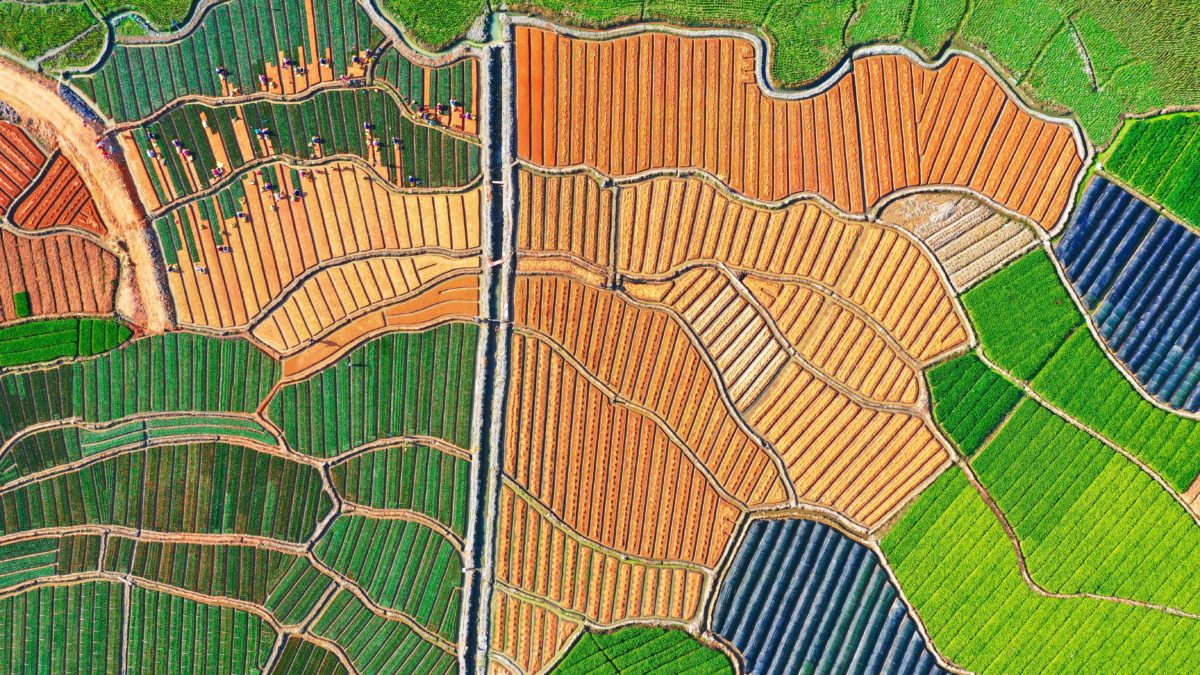
When you go
The Fu’an Baiyun Mountain Scenic Area area is located between Muyun and Xiaoyang, 43 kilometers northwest of Fu’an City near one of the two highest peaks (4,750 ft, 1,450 meters) in eastern Fujian province. Temperatures are 6-8 degrees cooler than the valleys below, inviting ever-changing low clouds. There are four additional scenic areas nearby including the Nine Dragon Cave, Longting Canyon, Huangyan Canyon, and Jinzhong Mountain. The area is rich in landscapes with many unique geological wonders, colorful canyons, rare and diverse biological populations, and ancient cultural heritage sites.
Official website (Chinese): Fu’an County, China
Wikipedia: Fu’an County, Fujian Province
Trip.com: Travel Guide Fu’an
Extensive Tea Plant Nursery
Fu’an is one of the largest breeding areas for tea trees in the country. Nursery gardens cover 300,000 acres. Eighty-five percent of this acreage is ecologically certified – the equivalent of western organic and sustainable certification. Plant nurseries produce sapling cultivars used to make green tea, black tea, white tea, and oolong tea. It is estimated that more than 3,000 accessions have been collected and conserved in China’s national germplasm tea repository. There are 123 cultivars registered as national tea cultivars. The tea industry is the largest civilian employer in Fu’an county. More than half of the county’s 600,000 residents work in tea-related jobs.
The region’s black teas are experiencing notoriety as well as increased demand that dates to the 1980s when local growers collectively raised their production standard, earning a reputation for quality hongcha (red tea). In 2007, Tanyang Gongfu tea was approved for National Geographical Indication Product Protection by the European Union and in 2009, Tanyang Gongfu tea was named to China’s list of Intangible Cultural Heritage teas. In 2010, the tea was awarded the China Famous Tea Trademark. The tea was showcased and served at the China pavilion in Milan Expo, Italy in 2015.
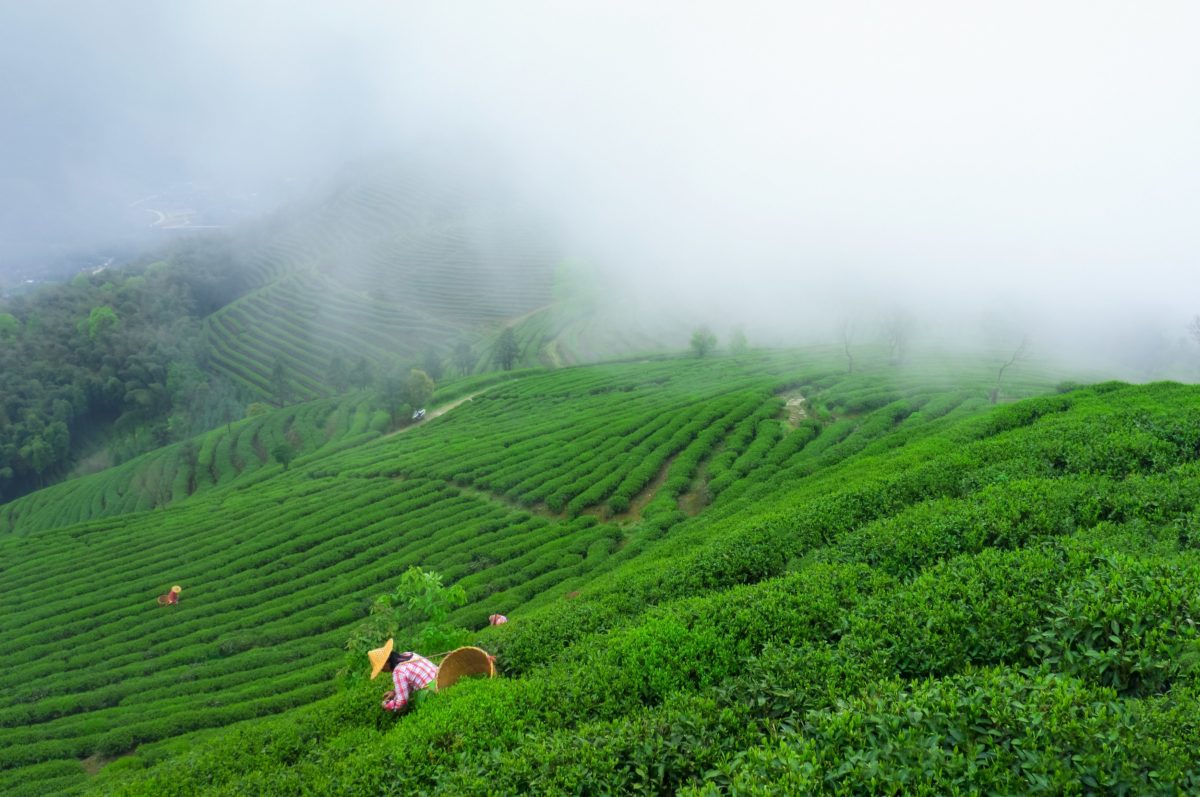
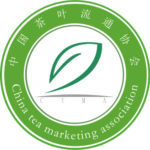
For hundreds of years, drinking a cup of Tanyang Gongfu black tea has been likened to a beautiful woman in a red dress descending elegantly from the cloud-shrouded Baiyun Mountain. The tea’s wonderful fragrance warms the heart of visitors who travel to Fu’an. But you don’t have to visit to experience this unforgettable tea.
Tanyang Gongfu is a taste shared with the world.
Tea Market
Get More Value from Your Tea: BRU Maker One
+41794574278
Jacque's Organics
(647) 804-7263
Hello Sia Yu, thank you for this very nice and informative story;
we have a beutiful tea house here in Paris, “Thés de Chine”- Mr.Wang Qing has visited there with me several years ago- where they sell Tanyang hong cha,
I will copy your article and send it on,
if there is a Chinese version, the laoban will greatly appreciate,
best regards,
Barbara Dufrene
Hello,thank you for your support. please tell me your email address. Welcome to our association in China.
Thanks for your amazing insight. I always enjoy the backstory of a tea’s origin.
Cheers,
Greg Lui
we will issue more tea articles and our association will hold many tea festivals in the future. Welcome to join us if your time is convenient.